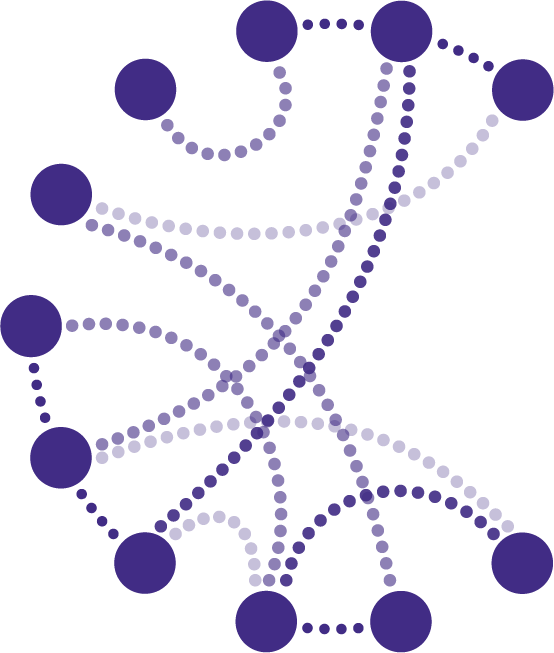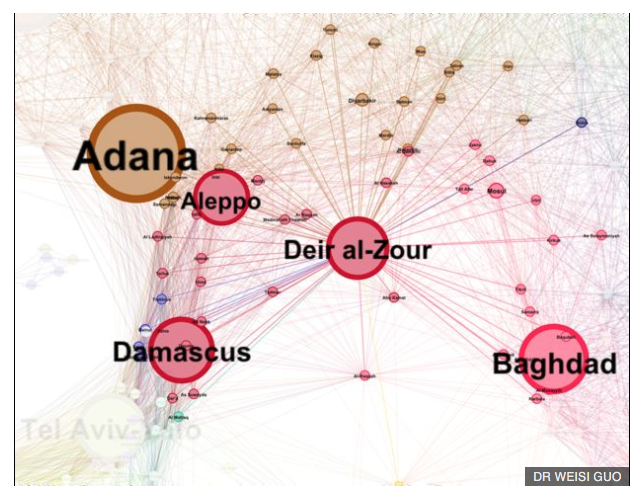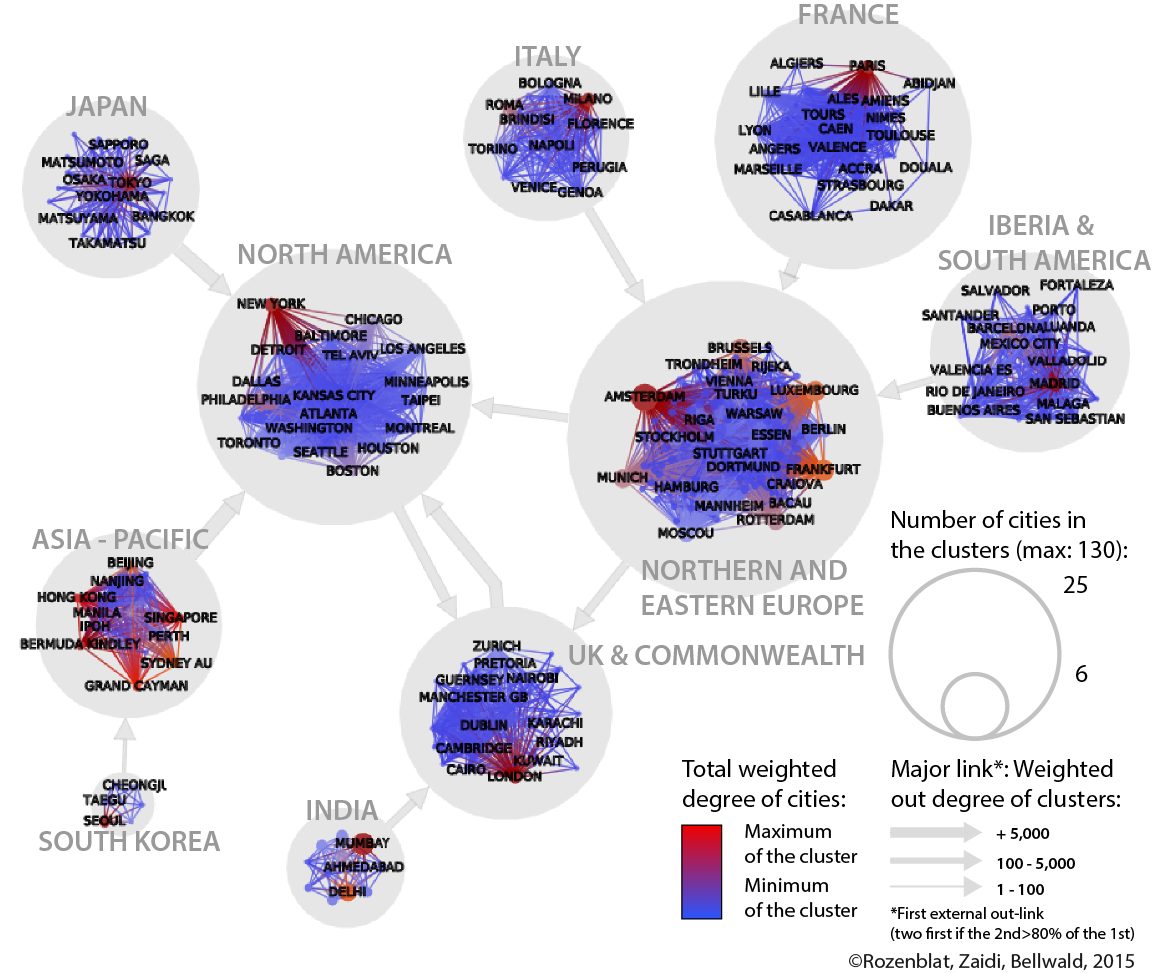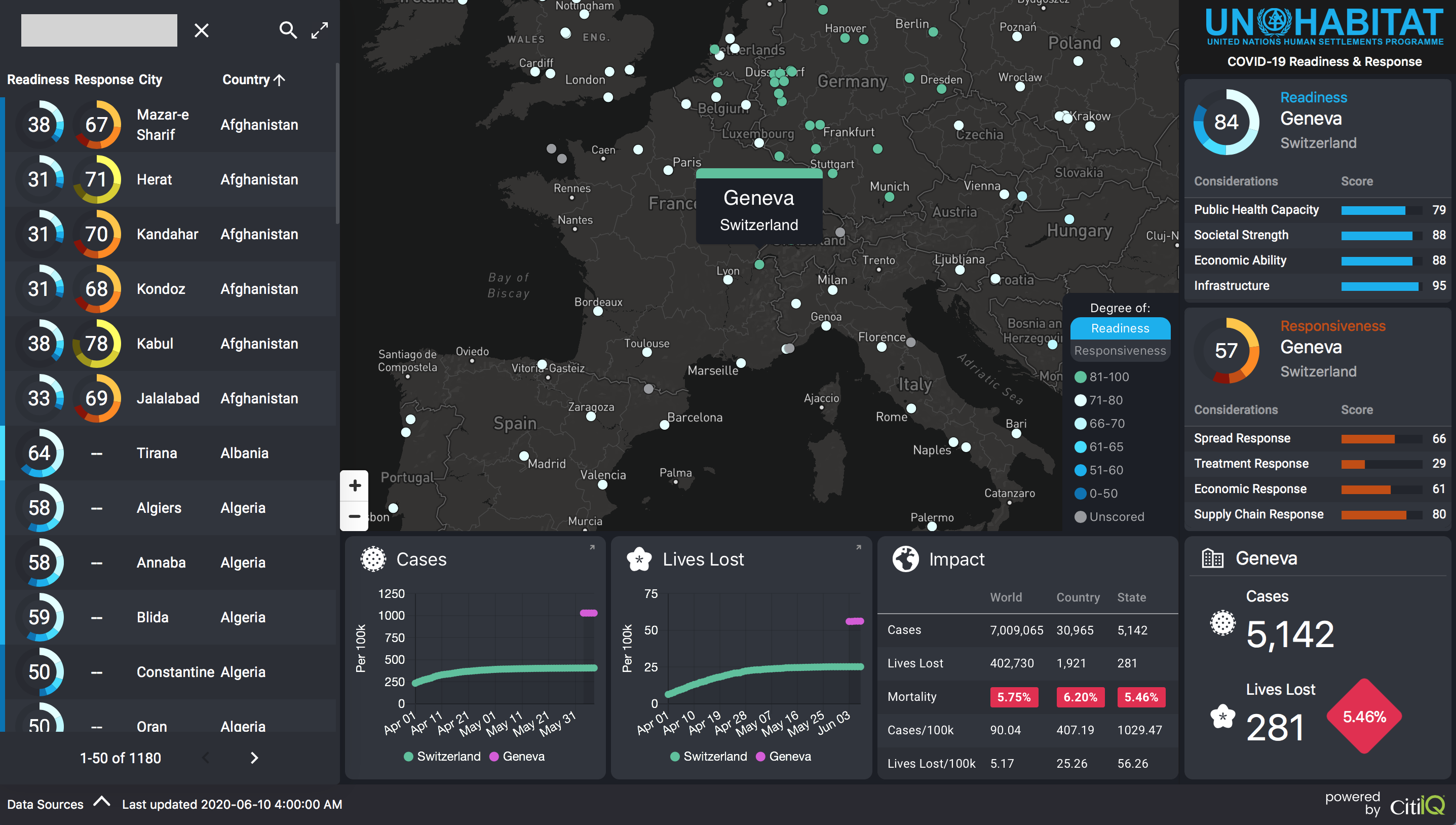When we consider the global network of cities, is instability an inherent property of certain network positions?
Dr. Weisi Guo from Cardiff University believes this is the case. He recently co-authored a study in which he found that cities with a high network betweenness – that are centrally located in a path that connects different cities in the network- are more likely to display high levels of violence, including war, terrorism and gang violence. On the other hand, cities with a high degree – or having connections to many other cities – were found to display a low level of violence.
How to interpret these results? the authors develop an agent based model that suggests that cities with fuzzy cultural boundaries, that serve as connections between culturally homogeneous areas, are indeed those with a higher level of betweenness. On the contrary, cities that are more culturally homogeneous turned out to show also a higher degree.
Even if the authors warn against the attempt to establish causality, which cannot be assessed by the study, their methods accurately identify some of the world’s current foci of conflicts such as Damascus, Aleppo and Baghdad but also Veracruz and Tegucigalpa, in central America. Also, the authors identify a number of cities that do not show at present a high level of violence but which might in the future such as La Mecca and Jeddah in Saudi Arabia, Teheran or Kunming in China.
Their study has been extensively covered by BBC here
Also, you can access the full study, titled “The Spatial Ecology of War and Peace” here.
If you want to know more about the authors, they are:



